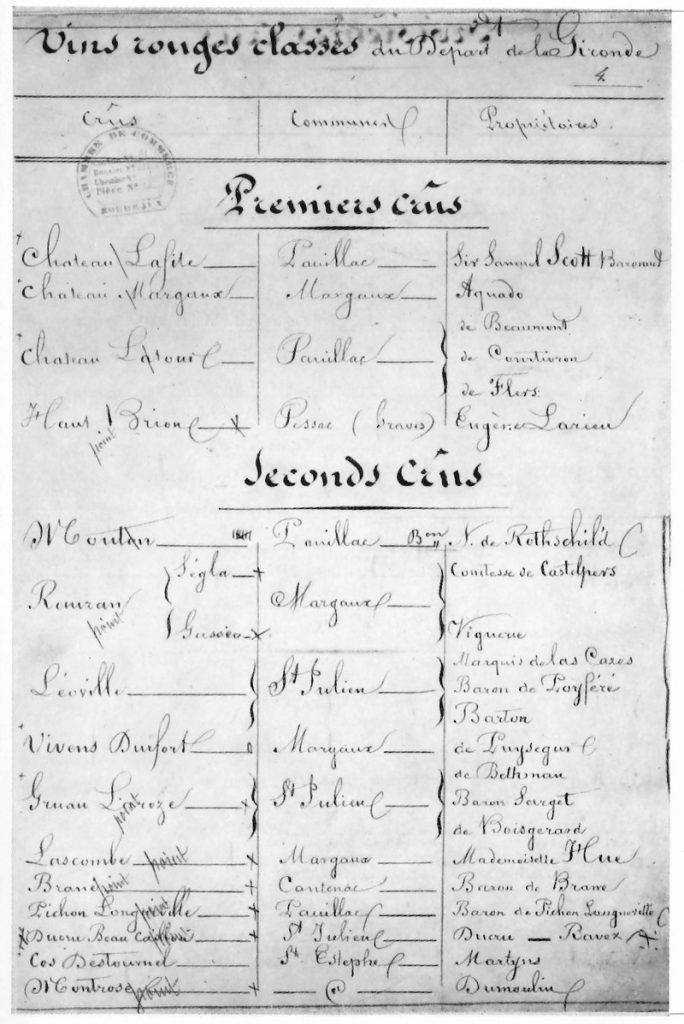Take for instance the recent purchase of Château Lieujean, a 54-hectare cru bourgeois in Saint-Sauveur (AOC Haut-Médoc) by Bernard Magrez. This was sold by the AdVini group (Antoine Moueix, Rigal, Champy, Laroche, Jeanjean, etc.).
Along with several other crus classés, Magrez owns the huge (122 hectares, 560,000 bottles a year) fourth growth La Tour Carnet in Saint-Laurent, the next town over from Saint-Sauveur. Seeing as both Lieujean and La Tour Carnet are in the same Haut-Médoc appellation, there would be no legal impediment whatsoever for La Tour Carnet to simply absorb Lieujean wholesale and incorporate it into the grand vin, in effect rebaptizing it a full-fledged great growth. Magrez has said from the get-go that he intends to use Lieujean’s vineyards to produce La Tour Carnet’s second wine, Les Douves. But one of course wonders: why stop at the second wine?
There is much obfuscation here, as when château managers go through all sorts of Jesuitical explanations as to why their second wine really isn’t a second wine at all, but “something else”… So it goes with vineyards that have been recently acquired. Visitors ask what will become (or has become) of wine made from the new vines, but the answer is rarely specific..
The classification is, to a certain extent, outside the appellation contrôlée system. So long as a grand cru’s vines are within the same appellation, they are entitled to great growth status
Before anyone considers this an indictment of the 1855 classification (what could be more tiresome and futile?), it should be noted that the 21st century reality is quite complex compared to the 19th century one. The terroirs of some classified growth vineyards are radically different from what they were in 1855, but others are virtually identical. It is difficult to generalize. Certain vineyards have grown, others shrunk, and a great many plots have been swapped as well…
There are few precise statistics on the great growths, which means that much nonsense is written about them. In the example cited above, one definitely needs to factor in the notion of quality. If La Tour Carnet were to simply label most of Lieujan’s production as their grand vin, not only would they be unsure of finding a commercial outlet for the increased production, but they would also run the risk of lowering their standards, garnering lower scores from critics, and harming the wine’s reputation – in short, be shooting themselves in the foot.
No one lifted an eyebrow when, for example, second growth Château Montrose bought 22 hectares of vines from cru bourgeois Château Phélan Ségur in 2010. What would be unthinkable in Burgundy is considered normal in Bordeaux… In the last analysis, what counts is the quality of the wine, and if this can be maintained or even improved when new vineyard plots are added, who really has the right to complain
What this also goes to show is that far from being a staid place, where everything was defined a couple of centuries ago, things are in constant state of flux in Bordeaux, even among the top estates. Keeping up with the changes is both challenging and fascinating.


